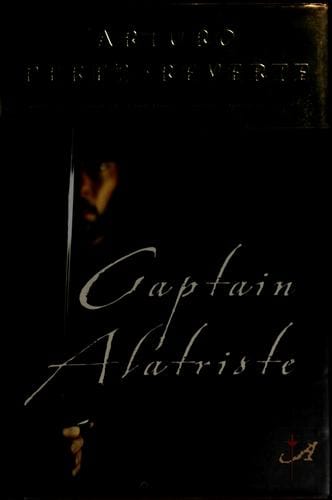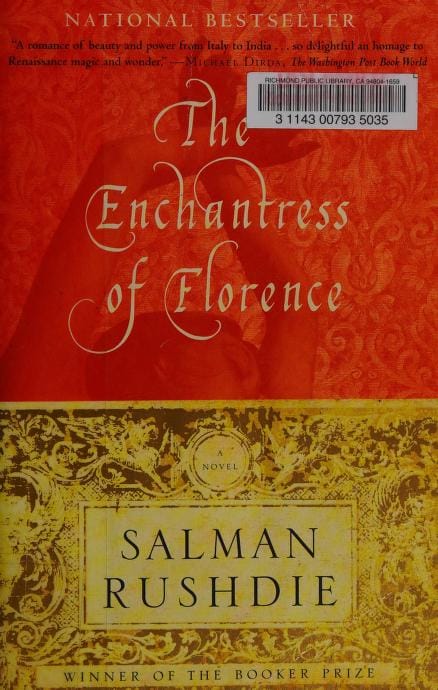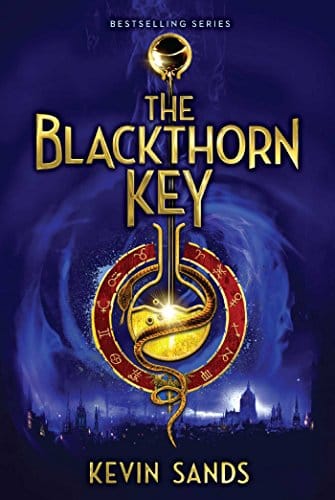Captain Alatriste: The Definitive Guide to Spain’s Most Dashing Swordsman
Explore Captain Alatriste—Arturo Pérez-Reverte’s brooding swordsman hero—through novels, history, themes, and adaptations in this swift 800-word guide.

Introduction: Why Captain Alatriste Still Matters
Captain Alatriste, the brooding swordsman created by Spanish novelist Arturo Pérez-Reverte, has carved a niche in the hearts of historical-fiction lovers worldwide. First appearing in 1996, the seven-book saga chronicles the swashbuckling exploits of Diego Alatriste y Tenorio during the turbulent Spanish Golden Age. From the smoke-filled alleys of Madrid to the muddy Flanders battlefields, Alatriste’s cynical honor and razor-sharp blade have turned the series into a modern classic and a gateway to seventeenth-century Spain.
The Birth of a Legendary Character
Arturo Pérez-Reverte, a former war correspondent, conceived Captain Alatriste as a bedtime story for his daughter Carlota. He wanted a hero who embodied old-world courage but was scarred by experience, a man able to navigate corruption without losing his soul entirely. The first novel, simply titled El capitán Alatriste, set the tone: dark taverns, political conspiracies, and duels at dawn, all rendered in muscular, archaic Spanish that evoked the chroniclers of the era.
Historical Inspiration
Although fictional, Alatriste borrows from real seventeenth-century swordsmen known as espadas de alquiler—veterans of the Eighty Years’ War who sold their steel in Madrid after returning from Flanders. Pérez-Reverte fused these archetypes with the terse humanity of classic hard-boiled detectives to create a hero both timeless and deeply rooted in Spanish history.
Reading Order and Quick Synopsis of Each Novel
Readers new to the series often wonder where to begin. Luckily, the saga unfolds chronologically in the same order the books were published.
1. El capitán Alatriste (1996)
The introduction to Alatriste and his teenage ward Íñigo Balboa. A botched ambush involving two mysterious Englishmen sets off a chain of deadly court intrigues.
2. Limpieza de sangre (Purity of Blood, 1997)
Alatriste attempts to rescue a girl confined by the Inquisition, exposing the brutal obsession with "pure" Christian ancestry that permeated Spanish society.
3. El sol de Breda (The Sun Over Breda, 1998)
The narrative shifts to war-torn Flanders, capturing the famous siege of Breda and showcasing the grim reality of seventeenth-century warfare.
4. El oro del rey (The King’s Gold, 2000)
Back in Seville, Alatriste is coerced into seizing smuggled treasure for the Crown, crossing swords with pirates and corrupt officials alike.
5. El caballero del jubón amarillo (The Cavalier in the Yellow Doublet, 2003)
Amid the glittering stage world of Lope de Vega and Calderón, the captain becomes entangled in a royal love triangle that could cost him his life.
6. Corsarios de Levante (Pirates of the Levant, 2006)
Alatriste signs on with Mediterranean privateers, offering salty naval combat and moral quandaries on the high seas.
7. El puente de los asesinos (The Bridge of Assassins, 2011)
In Naples during Christmas 1626, Alatriste joins a covert mission to assassinate the Viceroy, a caper filled with shifting loyalties and existential gloom.
The Spanish Golden Age as a Living Backdrop
The series’ secret weapon is its meticulous recreation of the Siglo de Oro. Pérez-Reverte blends real events—Velázquez painting Surrender of Breda, Quevedo’s biting poems, duels over points of honor—with fictional drama. The result is immersive world-building that doubles as an entertaining history lesson.
Readers witness the decline of an empire bloated by New World silver, the hardships of common soldiers, and the rigid social hierarchy enforced by religion and lineage. Yet the era’s cultural brilliance shines through in theater, art, and literature, giving the novels a bittersweet tone.
Recurring Themes That Resonate Today
Honor vs. Survival
Alatriste’s internal struggle pits his code—never attack from behind, never break a promise—against the necessity of earning coins in a corrupt world. This tension mirrors modern debates about integrity in the face of systemic injustice.
Loyalty and Betrayal
The bond between Alatriste and Íñigo, forged in blood, is repeatedly tested by politics, romance, and war. Secondary characters such as the poet Francisco de Quevedo or the sinister assassin Gualterio Malatesta blur the line between friend and foe, enriching the moral complexity.
The Cost of Empire
Through vivid battlefield scenes and Madrid’s impoverished slums, the novels critique imperial hubris, showing how ordinary citizens pay for royal ambitions—a theme that echoes contemporary geopolitical realities.
Adaptations on Screen
In 2006, director Agustín Díaz Yanes released the film Alatriste, starring Viggo Mortensen. Although it condensed multiple books and polarized critics, the movie captured the saga’s gritty aesthetic and introduced the captain to a wider audience.
A 2015 television series, simply titled Capitán Alatriste, aired in Spain and later on streaming platforms. While budget constraints limited its scope, the show rekindled interest in the novels and demonstrated their cinematic potential.
Where to Start If You’re Not Fluent in Spanish
All seven books are available in English translation from Atria Books. Translator Margaret Jull Costa preserves Pérez-Reverte’s archaic flare without sacrificing readability. Audiobook versions narrated by David Warner and others offer yet another door into Alatriste’s world.
Tips for Getting the Most Out of the Series
- Keep a map of seventeenth-century Madrid handy; street names and taverns are historically accurate.
- Read the brief historical notes Pérez-Reverte appends to each volume for context.
- Pair the novels with art from Velázquez and theater by Lope de Vega to enrich the experience.
Why Captain Alatriste Deserves a Spot on Your Shelf
Beyond its sword fights and cloak-and-dagger intrigue, the Alatriste saga offers a meditation on aging, loyalty, and the impermanence of glory. Pérez-Reverte’s lean prose, laced with melancholy and gallows humor, speaks to readers who crave adventure without ignoring historical nuance.
If you love Bernard Cornwell’s Sharpe series, Patrick O’Brian’s Aubrey–Maturin novels, or Alexandre Dumas’ musketeer tales, Captain Alatriste will feel both fresh and familiar. Its portrait of a flawed hero navigating a collapsing empire makes the books unexpectedly poignant in today’s uncertain world.
Final Thoughts
More than two decades after his debut, Captain Alatriste remains one of historical fiction’s most compelling figures. Whether you approach the series for swashbuckling duels, incisive history, or philosophical musings on honor, you will emerge entertained and perhaps a bit wiser. Draw your blade, light a lantern, and step into the shadowy streets of Madrid—the captain awaits.



